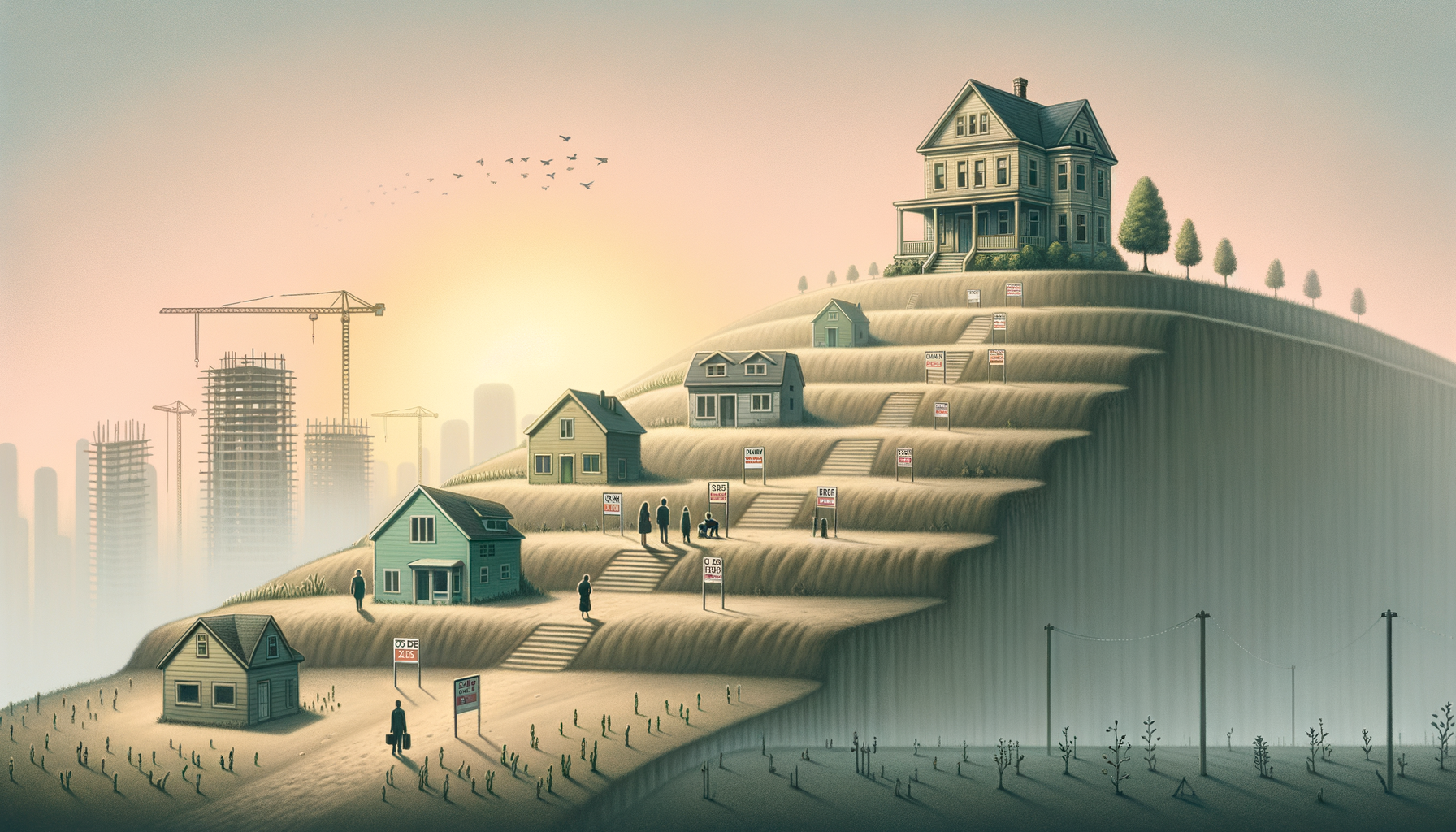“Exploring the Real Estate Trends: An Analysis of the 4.09 Million Existing Homes Sold in 2023”

The real estate sector experienced a considerable dip in the sale of existing homes in 2023, with the number of transactions falling to a meager 4.09 million. It was a year marked by a significant decrease in the movement of pre-owned houses, indicative of shifting market trends and financial climates.
There’s no denying that the sale of existing homes substantially contributes to the dynamics of the real estate industry. The 2023 data divulges an alarming drop in the trading of such properties, a trend that reflects not just the current circumstance of the housing market, but also predicts future trajectories.
Primarily, budding homeowners and investors are drawn towards the purchase of existing homes because such properties often present less risk, prompt fewer legal complications, and entail shorter waiting periods than newly built houses. However, in 2023, fewer prospective home buyers seemed to gravitate towards this segment, leading many industry spectators to delve into the reasoning behind the shift.
One potential reason behind the slump in sales could be the changing preference of contemporary customers. In the ongoing era, people tend to seek homes that don’t just fulfill their essential needs but also reflect their personalities. This longing for individuality and distinct features is often met in new constructions, guiding potential buyers away from existing homes.
Another pivotal element shaping this trend may be the most spoken-about concern of the decade — affordability. While 2023 witnessed a boost in the nation’s economy, the growth did not trickle down equally throughout all sectors, especially housing. The real estate industry grappled with skyrocketing prices, mainly driven by a shortage of construction material and labor, pushing the dream of owning a home further away for an average American.
Yet, the high prices themselves might ironically be another reason behind the reduced sales of existing homes. As the prices of newly constructed houses soared, the value of pre-owned homes increased exponentially too. Thus, with an almost equal strain on their wallet, buyers seemed more inclined towards buying a new home offering latest amenities, instead of an older property.
While experts are still picking apart the cause-effect relationships behind the declining sales, there is an evident consensus that the trend is not beneficial for the housing industry. Existing homes’ sales are healthy for the market as they help avoid saturation, keep property values stable, and stimulate financial activity.
Traditionally, the selling/buying process of existing homes involves a host of active players such as home inspectors, real estate agents, loan officers and more, fueling income for thousands and contributing to the revenue of the state via property taxes. Thus, a dip in these sales can unfortunately impact the economy more broadly.
Despite the adverse implications, analysts also perceive this decline as an opportunity to decode the shifts in buyers’ preferences and strategize their response accordingly. Both real estate developers and government can derive lessons from this trend to mold the market towards a better equilibrium in terms of supply and demand.
On the other hand, parties interested in the purchase of existing homes can utilize this downward trend to their advantage. With decreased demand, sellers might be more welcoming to price negotiation and flexible terms, offering a perfect window for buyers willing to plunge into this segment of the market.
Still, the repercussions of the declining trend on the overall real estate sector should not be discounted. The industry and its stakeholders must comprehend the evolving dynamics, build strategies addressing the fluctuations, and progressively adapt to meet the requirements of their target groups.
Summarily, the year 2023 presented a significant drop in the sales of existing homes, posing challenges and opportunities alike for the real estate industry and potential buyers. While the decline indicates nascent shifts in buyers’ preferences, it also underlines the need for adjustments and resilience within the industry. Consequently, stakeholders must reexamine their strategies, and potential homeowners should reassess their options, aligning their decision-making processes with the rapidly changing market. If navigated wisely, this occurrence could emerge as a stepping stone towards a more accommodating, flexible, and economical real estate market in the future.
